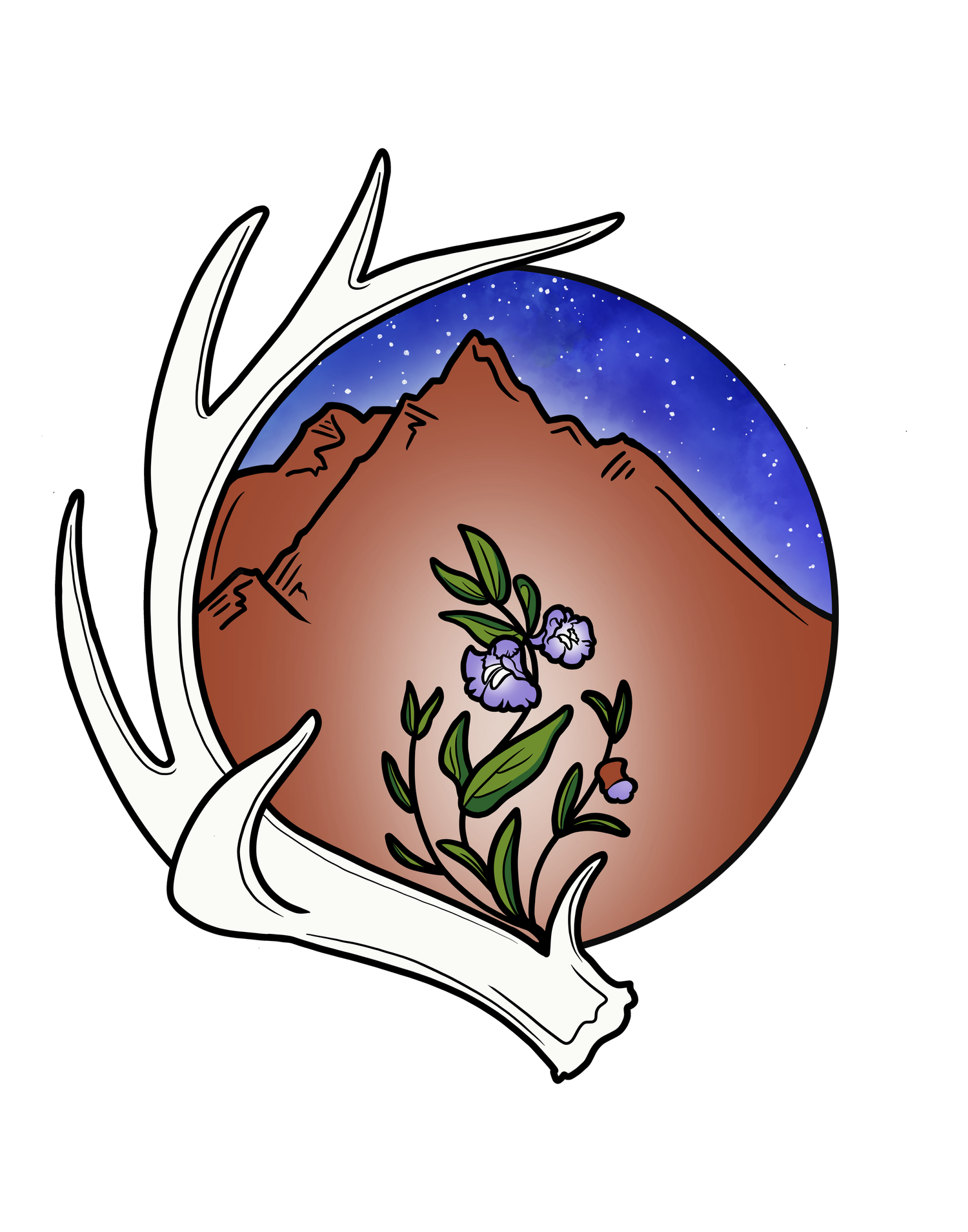Goodness Grasses!
These gorgeous grass species all came from within the same 50 ft square patch of field by my home. And I'm pretty sure I missed some:)
Bread! Beer! Sugar!
Without grasses, these rather delightfully corrupting substances wouldn’t even exist.
Grass is such a constant presence that most of us think of it as an afterthought. Lawns are nice. Miles of corn fields are generally driven through with a sort of weary resignation. Fields of ripe wheat and barley are rather picturesque, and make excellent fodder for epic movie landscapes.
Cultivated for thousands of years, wheat has been a staple of bakers and bartenders for just about as long as folks have been growing it.
Common As Grass
One of the reasons for this persistent ignoring is the very pervasiveness of grass. It’s everywhere. Between 20-40% of the earth is covered in the stuff in one form or another (the range has to do with folks who have waaay too much time on their hands quibbling about exactly how to define a “grassland”).
Even if you pick the lower number, that’s still over 13 million square miles.
Though the professional grass geeks all have slightly differing opinions, the yellow sections on this map show the approximate distribution of grasslands worldwide.
Courtesy of National Geographic
Charisma
Another reason for our lack of notice is that grass, well, just looks like grass. At first glance, there is little in the way of showy flowers or other flashy attributes.
But on closer inspection, the grass world has some of the most charismatic forms and flowers of the plant world. Though lacking in the usual parts we associate with flowers (like petals), they still play out their life cycle with a huge variety of color and style.
This Timothy, aka Phleum pratense, a common barnyard grass, was introduced from Europe as a feedstock for farm animals.
I'm also pretty certain it was cultivated by 19th century plant nerds for it's fantastically colored stamens (the purple bits you can see on the flower).
Also a prime example of the Poaceae, or True Grass family.
Making Sense of the Grass Morass
Graminoids
This sounds like the word for a robotic grandmother, but actually it’s the more technically correct and all encompassing term for grasses.
Under this umbrella there fall a few categories. We'll start with the biggest and continue with the others in our next blog.
Poaceae: The “True” grasses
This family comprises most of what we consider to be typical 'grass'. If you've got a lawn, chances are good what you're walking on is from this family. With over 800 genera, and about 10,000 species, it is also the 5th largest plant family in the world.
All the main grain crops are in this family, including wheat, barley, oats, rye, rice and corn. Also in this family is Saccharum spp., a true perennial grass also known as the infamous sugar cane.
Distinguishing characteristics include hollow stems, with solid, leaf bearing nodes. From front lawns to waterfront, this family can be found in all types of habitat.
You'd never know from looking at it, but this innocuous grass triggered hundreds of years of slavery, and today contributes to a huge variety of diseases. Saccharum spp., or Sugar Cane.
A common weedy grass species, you'll see this Foxtail Barley, or Hordeum jubatum, along many North American roadsides. The distinctive pink awns (a special type of bristly grass appendage), are both lovely and distinctive.
Next Time...
We'll get to the other graminoids in our next blog, but until then, a bit of a taster...
Cave Paintings! Papyrus! Poems!
That and more next time:)
How to Learn More
Wild Edible and Medicinal Plant walks and the the Introduction to Herbal Medicine classes through Meet the Green.
OR
Follow us on Facebook. We are always posting interesting and useful info on plants, medicine, and links to cool videos and articles.






